How Deep Trekker Solves Underwater Photography Challenges
Discover how Deep Trekker’s enhanced 4K camera overcomes traditional challenges involved with underwater photography and inspections.
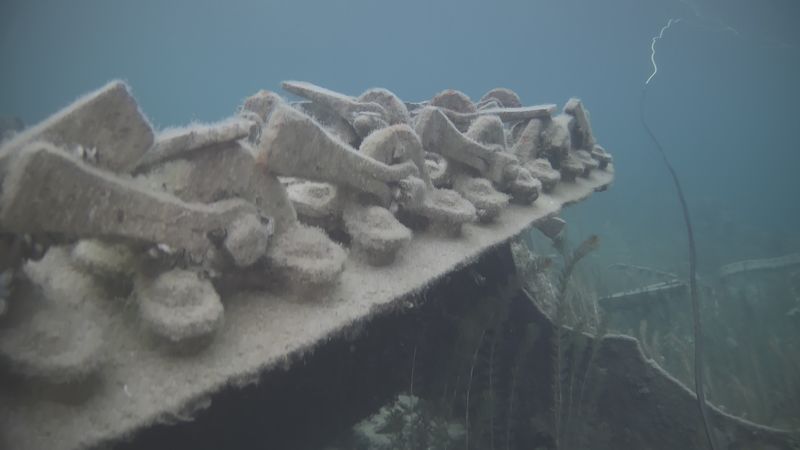
image of underwater shipwreck
This article was first published on
www.deeptrekker.comUnderwater inspections present distinct challenges that demand advanced technology for effective resolution in depth, visibility, and environmental conditions.
Deep Trekker’s latest innovation in this field is its camera software update, optimized to deliver exceptional clarity and precision in underwater environments. From aquaculture to offshore industries, this technology not only improves visual data collection but also improves operational efficiency and safety.
Let’s take a closer look at underwater photography and how Deep Trekker’s cutting-edge camera solutions are reshaping underwater inspections across various sectors, setting new standards for performance and reliability, raising the bar for the quality of data capture.
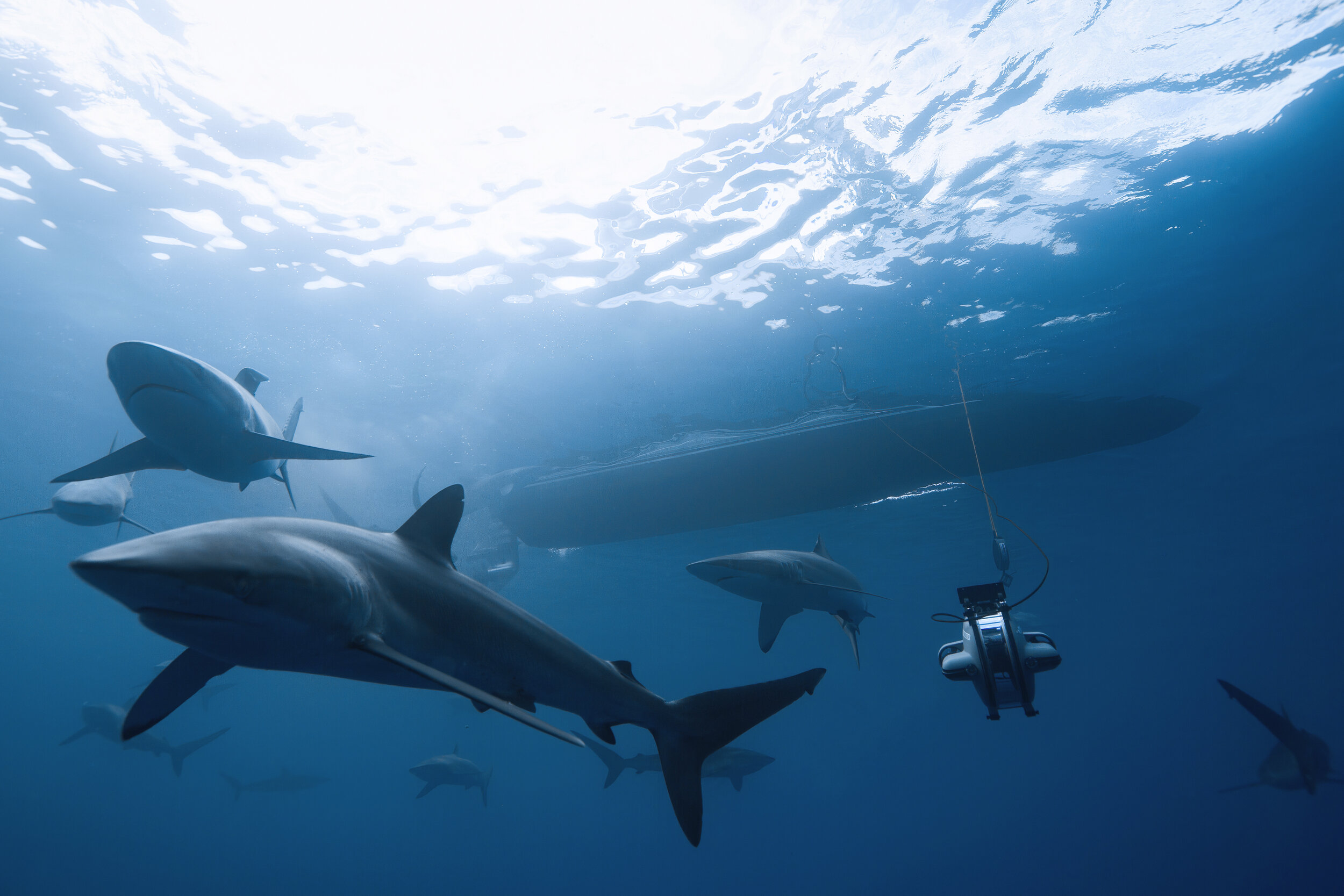
The Challenges of Underwater Photography
Underwater photography has numerous challenges that stem from the unique conditions of aquatic environments, including:
Warping
Warping of images occurs due to light refraction through water, distorting the appearance of objects and making accurate measurements difficult.
Visibility
Visibility is often limited by water turbidity and particulate matter, reducing the clarity of images and complicating inspection tasks.
Navigation
Navigation poses a challenge as currents can impact the stability and trajectory of the camera, requiring precise control mechanisms to maintain desired positions for optimal imaging.
Stability
Stability is crucial for clear photography; underwater currents and the movement of the ROV can introduce motion blur or shifting perspectives, affecting the quality of captured images.
Colour correction
Colour correction becomes essential to compensate for the absorption and scattering of light wavelengths in water, so that images accurately depict underwater conditions without distortion or color bias.
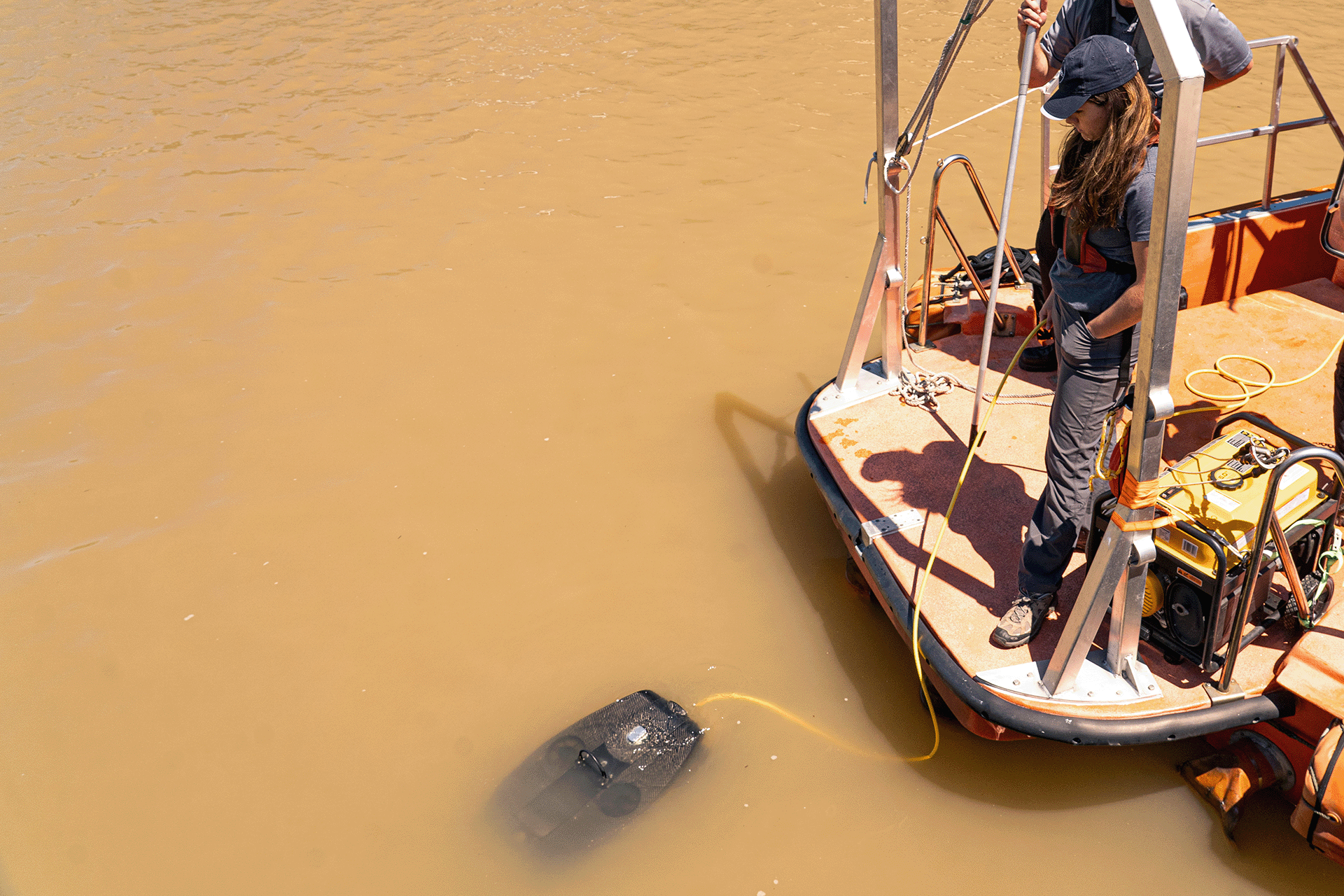
Addressing these challenges effectively is pivotal for achieving reliable and actionable visual data during underwater inspections.
Deep Trekker’s Enhanced 4K UHD Camera Innovative Features
Deep Trekker’s enhanced UHD 4K camera is packed with cutting-edge features designed to tackle the many difficulties of underwater photography and provide exceptional performance.
- Real-time underwater tuned colour balancing/correction
- Real-time turbidity image enhancement
- Digital Pan-Tilt-Zoom
- 4K Video streaming and on-board storage
- Low latency video streaming
- Out-of-the-box Photogrammetry
- Wide FOV & Large depth-of-field
- Improvements and new feature releases with regular software updates
Let’s take a more detailed look at some of the most innovative features:
Key Comparisons of Camera Features
Real-Time Auto White Balance
Auto white balance is a significant feature of Deep Trekker’s enhanced 4K camera. Underwater environments often suffer from colour loss and shifting, where images can appear overly blue or green due to the absorption of different wavelengths of light. The colour balancing and correction adjusts the colours captured by the camera to compensate for the colour loss and shift that occurs underwater, providing images with true-to-life hues and improved detail. This feature benefits users by reducing the need for post-processing corrections, saving time and effort, so that the images can be immediately utilized for decision-making and reporting.
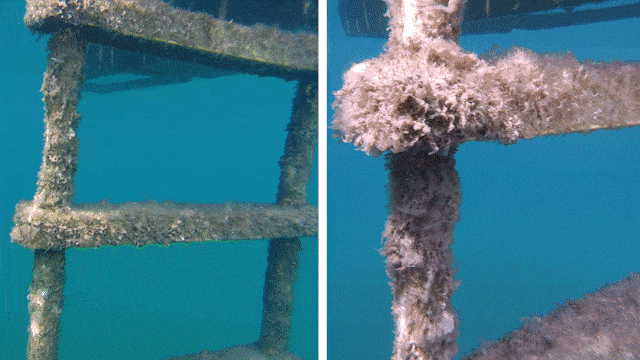
Real-Time Turbidity Filter
The turbidity filter is designed to enhance image clarity in murky or turbid waters, where particles suspended in the water can scatter light and obscure vision. This filter improves visibility by reducing the impact of these particles, allowing the camera to capture clearer and more detailed images even in poor visibility conditions. The benefit of the turbidity filter is particularly significant in industries such as aquaculture and search and recovery, where clear visibility is crucial for monitoring fish health, locating objects, and maintaining safety during operations.

Additional Advanced Features
For recording and streaming, the camera supports 4K video streaming and on-board storage, so high-definition footage can be captured and saved for later analysis. The low latency video streaming feature means that live feeds are transmitted with minimal delay, which is critical for real-time decision-making during inspections.
In low light environments, the camera’s high sensitivity sensor and 10K lights provide excellent performance and visibility. This is particularly beneficial for deep-sea explorations or inspections in poorly lit areas.
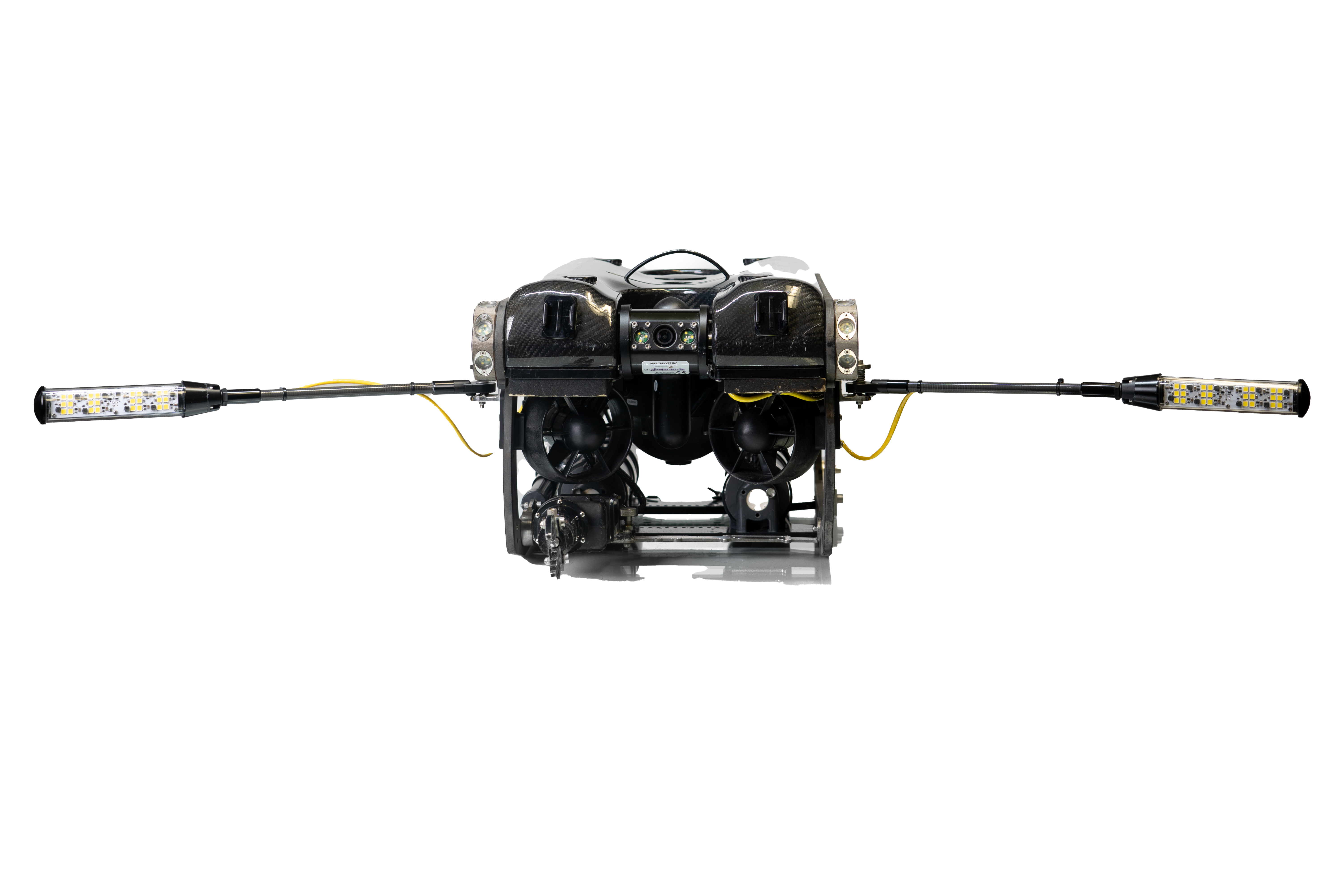
The camera’s out-of-the-box photogrammetry capability includes an auto-snapshot mechanism and optimized exposure tuning to minimize motion blur. This allows for the creation of detailed 3D models from the captured images, enhancing the quality of underwater surveys.
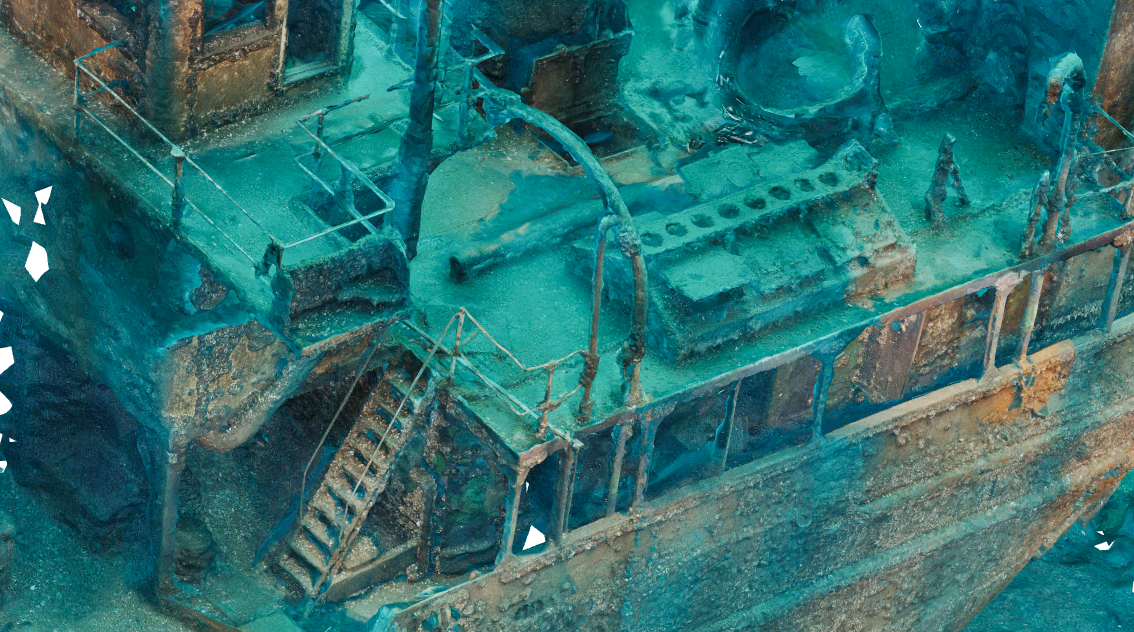

The wide field of view (FOV) and large depth-of-field allow for situational awareness and crisp focus on objects both near and far. This comprehensive view is essential for thorough inspections and detailed analysis.
Regular software updates provide continuous improvements and introduce new features, keeping the camera up-to-date in advanced underwater inspection technology. The camera's new build and design further enhance its durability and performance, making it a reliable tool for a wide range of underwater applications.
Common Questions About Underwater Photography and ROVs
Navigating the complexities of underwater photography and ROVs involves understanding their capabilities and overcoming inherent challenges. From managing low light conditions to optimizing image clarity, Deep Trekker’s enhanced 4K camera offers innovative solutions for underwater inspections and data collection.
How Does Deep Trekker’s 4K Camera Handle Low Light Conditions?
Deep Trekker’s 4K camera is specifically designed to excel in low light conditions, to capture clear and detailed images even in the darkest underwater environments. This capability is achieved through a combination of a high sensitivity sensor and powerful 10K lights.
The high sensitivity sensor is engineered to capture maximum light, significantly improving image quality in low light situations. This sensor can detect and amplify faint light signals, allowing the camera to produce bright and clear images where other cameras might struggle. The high sensitivity sensor is a great benefit for underwater inspections that take place at great depths or in areas with limited natural light, such as caves, wreck sites, or industrial structures.
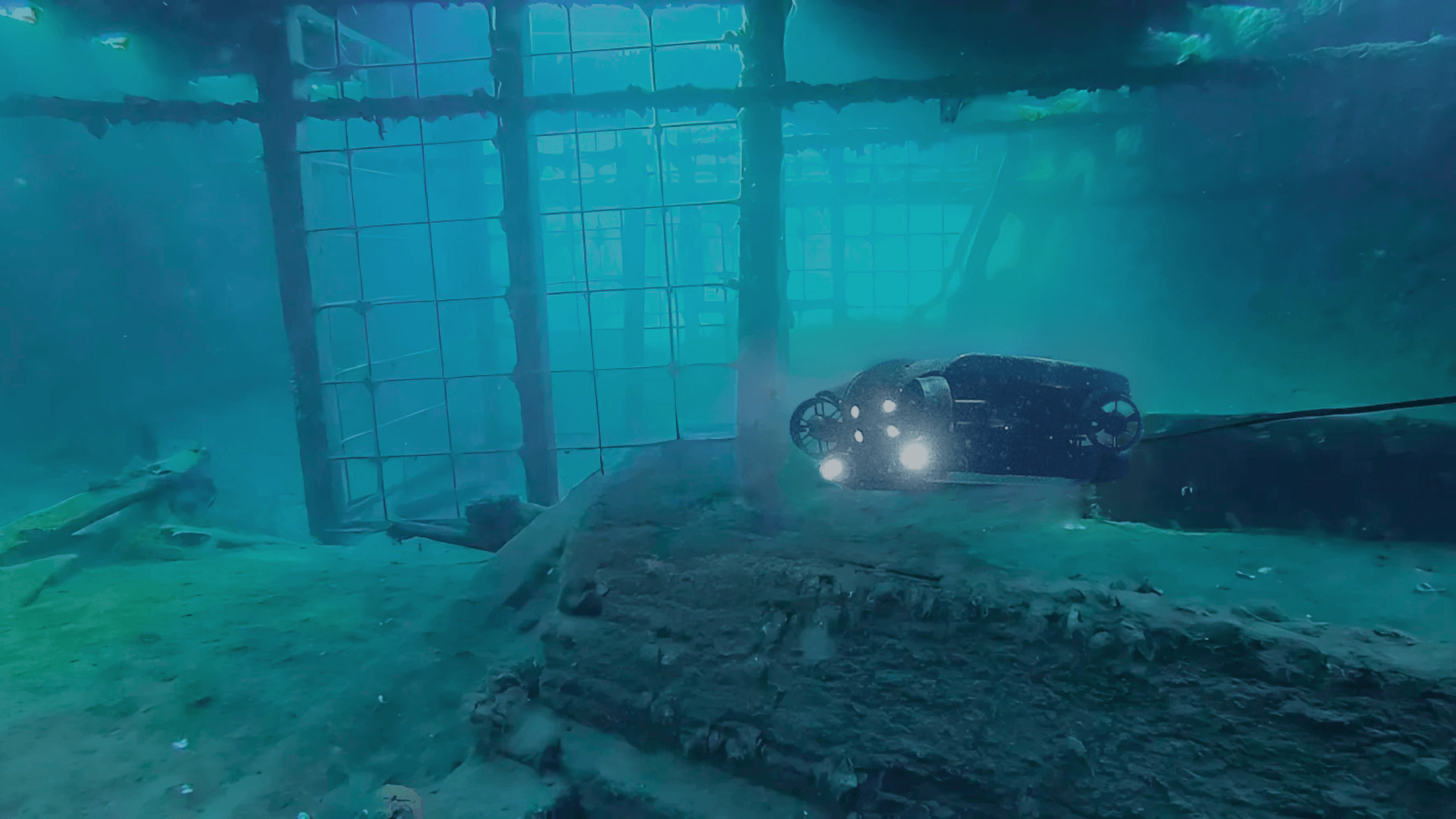
Complementing the sensor, the 10K lights provide powerful illumination, further enhancing the camera's ability to operate in dark environments. These lights are designed to penetrate murky waters and illuminate large areas, allowing the camera to capture every detail with clarity. The intensity of the lights can be adjusted according to the needs of the inspection, allowing for optimal lighting conditions regardless of the surrounding environment.
Together, the high sensitivity sensor and 10K lights enable the Deep Trekker 4K camera to deliver exceptional performance in low light conditions. Operators can conduct thorough and accurate inspections at any time, providing reliable data and visuals for a wide range of applications, from deep-sea surveys to industrial maintenance and beyond.
What Advantages Does Digital Pan-Tilt-Zoom Offer for Underwater Inspections?
The digital pan-tilt-zoom feature of Deep Trekker's 4K camera offers significant advantages for underwater inspections, enhancing both the precision and efficiency of operations.
One of the primary benefits is the precise control over viewing angles. Operators can remotely adjust the camera's orientation and zoom in on specific areas without needing to physically reposition the ROV. This allows for detailed examinations of particular points of interest, such as inspecting cracks in infrastructure, assessing the condition of marine life, or monitoring underwater construction projects. The ability to pan and tilt the camera means operators are able to easily capture comprehensive coverage of the inspection area, ensuring that no detail is missed.

The zoom capability enables close-up views of objects and surfaces that require careful scrutiny. High-resolution zooming means that minute details are visible, aiding in tasks such as identifying corrosion, checking welds, or observing small marine species. This detailed inspection capability is critical for industries that require precision, such as offshore oil and gas, maritime salvage, and underwater archaeology.
The digital pan-tilt-zoom functionality also supports real-time decision-making. Operators can adjust the camera's view on-the-fly based on live feedback, making sure that critical areas are thoroughly inspected without delay. This immediate responsiveness is vital in time-sensitive situations, such as emergency repairs or security assessments.
Ultimately, the digital pan-tilt-zoom feature enhances situational awareness. Operators can quickly and easily scan large areas, identify potential issues, and focus on specific targets without having to move the entire ROV. This increases the efficiency of inspections, reducing the time and effort needed to cover extensive underwater environments. For example, in search and recovery operations, the ability to rapidly pan and zoom can expedite the location search and assessment of objects or people.
How Industries Benefit
Deep Trekker's enhanced 4K UHD camera technology delivers significant advantages across various industries, especially in challenging underwater environments. Here's how different sectors benefit from this advanced technology:
Aquaculture
In aquaculture, maintaining clear visibility is vital for monitoring fish health and inspecting underwater infrastructure, such as net pens, mooring lines, and anchor systems. The ROV's real-time turbidity image enhancement, coupled with a high-sensitivity sensor and powerful LED lights, ensures clear imaging even in murky waters with high particle concentration.
The wide field of view (FOV) and large depth-of-field provide comprehensive coverage, allowing operators to effectively monitor dynamic environments within fish pens. This capability is essential for conducting detailed inspections of net integrity, detecting any breaches or damage, and assessing the condition of mooring lines and anchor points that secure the pens. The ROV's advanced optics and lighting also enable close examination of biofouling on net surfaces and the structural integrity of feeding systems and underwater pipelines, ensuring optimal farm operation and fish welfare.

Offshore/Maritime
For offshore and maritime industries, precise inspections of ship hulls, subsea structures, and marine infrastructure are critical for ensuring operational integrity. The camera's turbidity enhancement technology allows for clear inspections of hull surfaces, detecting corrosion, biofouling, and structural damage even in murky waters. Real-time underwater color balancing enhances image clarity, making it easier to assess the condition of protective coatings, anodes, and the presence of marine life that may affect performance.
The camera's low-light performance, enabled by high-sensitivity sensors and powerful LED lighting, ensures visibility during extended operations in low-light conditions or deep water. This capability is essential for thorough inspections of underwater pipelines, risers, and platform legs, where lighting conditions can be challenging. The wide field of view (FOV) and large depth-of-field provide comprehensive situational awareness, allowing operators to monitor extensive areas with precision. Additionally, built-in photogrammetry capabilities enable detailed 3D modeling of critical components, such as hulls, propellers, and subsea installations, supporting maintenance planning and informed decision-making in complex marine environments.
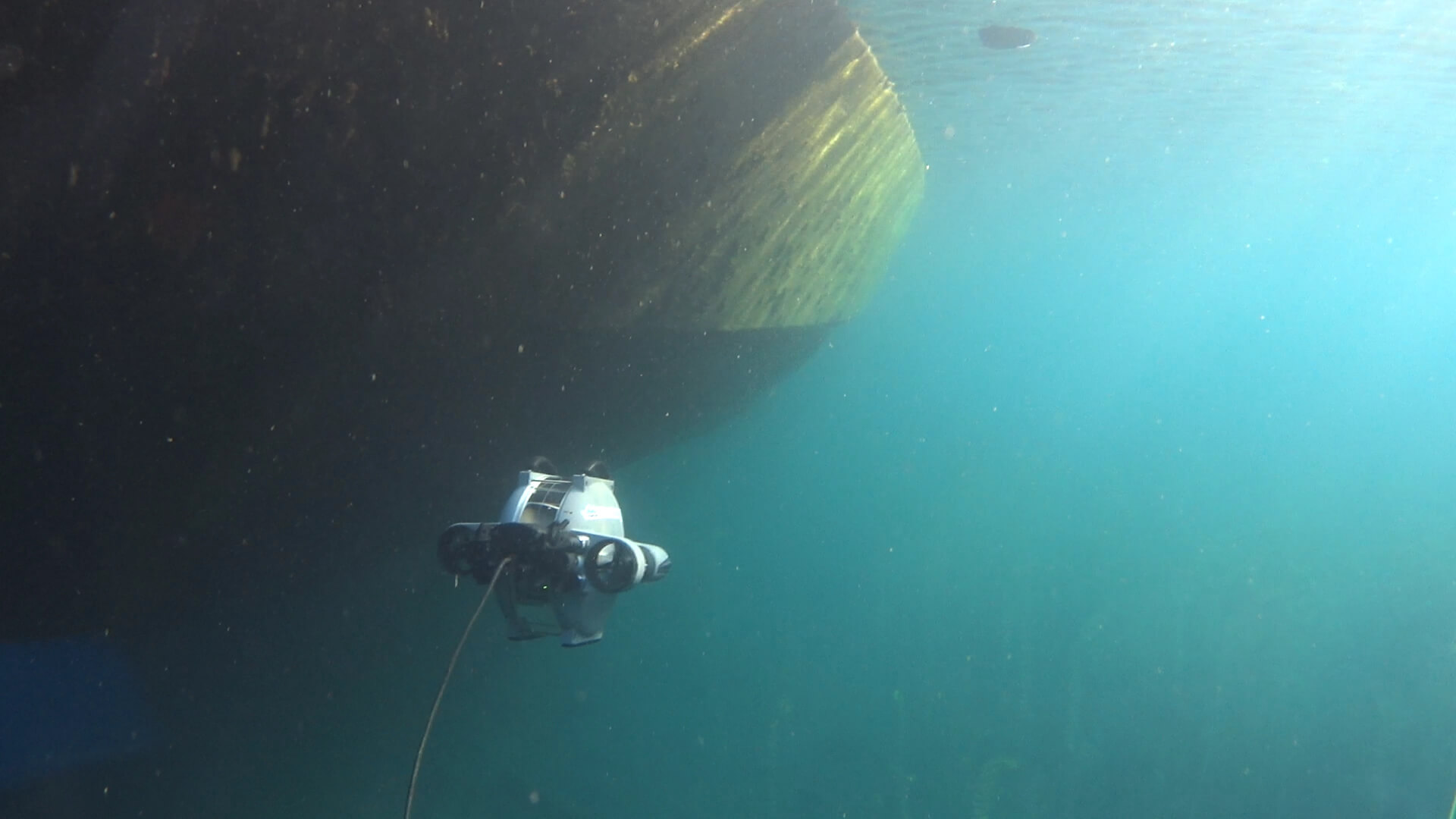
Commercial Diving
In commercial diving, accurate visual representation is critical for the precise inspection of underwater structures such as bridge pilings, offshore platforms, and subsea pipelines. The camera's real-time color balancing ensures true-to-life color accuracy, which is essential for detecting corrosion, cracks, and other forms of structural degradation. Its low-light performance, powered by high-sensitivity sensors and robust LED lighting, maintains clear visibility during deep or night dives where natural light is minimal.
The wide field of view (FOV) and large depth-of-field provide divers with enhanced situational awareness, enabling them to navigate and inspect complex underwater environments like ship hulls, submerged tanks, and intake structures efficiently. Photogrammetry capabilities allow for the capture of detailed images that can be used to create 3D models of damaged areas, which are invaluable for assessing the extent of wear and tear and planning necessary repairs.
The turbidity filter plays a crucial role in providing high-quality visuals even in murky or sediment-heavy waters, allowing divers to conduct thorough inspections without compromising safety. This technology significantly enhances the efficiency and accuracy of dive operations, particularly in challenging environments, and supports the effective maintenance and repair of critical underwater infrastructure.
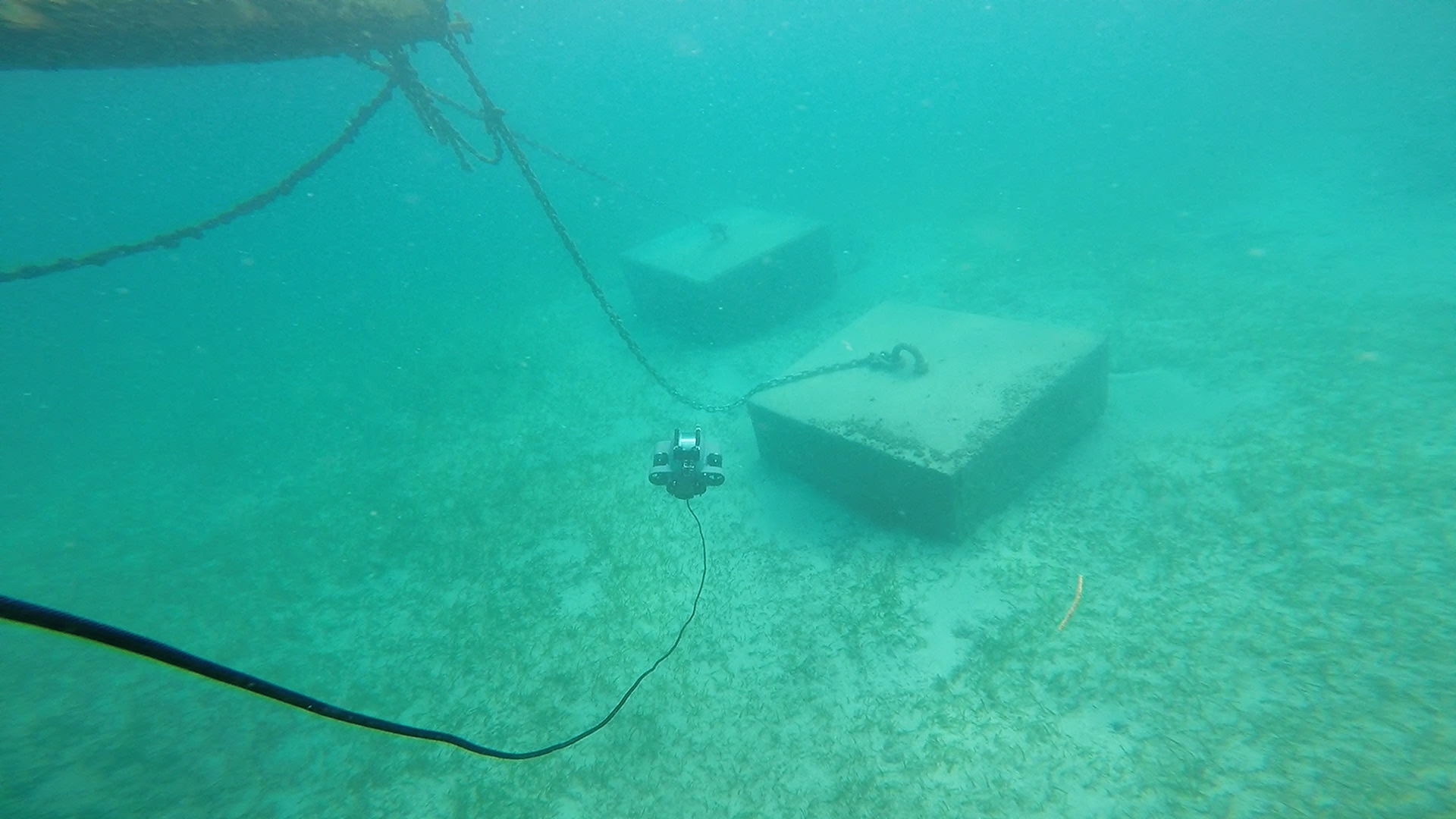
SAR/Defense
In Search and Recovery (SAR) and defense operations, clear visibility is critical for locating and recovering objects, personnel, or evidence in underwater environments, often characterized by low visibility and challenging conditions. The camera’s real-time turbidity image enhancement is crucial for effectively identifying and inspecting targets such as submerged vehicles, aircraft wreckage, and lost equipment in sediment-rich or murky waters.
The camera’s low-light performance, enhanced by high-sensitivity sensors and powerful LED lights, allows for extended operational hours, enabling continuous monitoring during night operations or in deep waters where natural light is scarce. The wide field of view (FOV) and large depth-of-field provide comprehensive situational awareness, essential for navigating complex underwater terrains such as riverbeds, lake bottoms, and coastal areas. This capability allows for the efficient scanning of large areas to locate debris fields or other critical items.
Digital pan-tilt-zoom (PTZ) functionality gives operators precise control over viewing angles, allowing them to closely examine specific areas of interest, such as verifying the identification of objects or inspecting the structural integrity of sunken vessels. The integration of high definition video streaming and low-latency transmission supports real-time decision-making and coordination, ensuring that SAR teams can quickly respond to new information and adjust their strategies as needed, thereby improving the efficiency of navigation and target identification in high-pressure, time-sensitive operations.
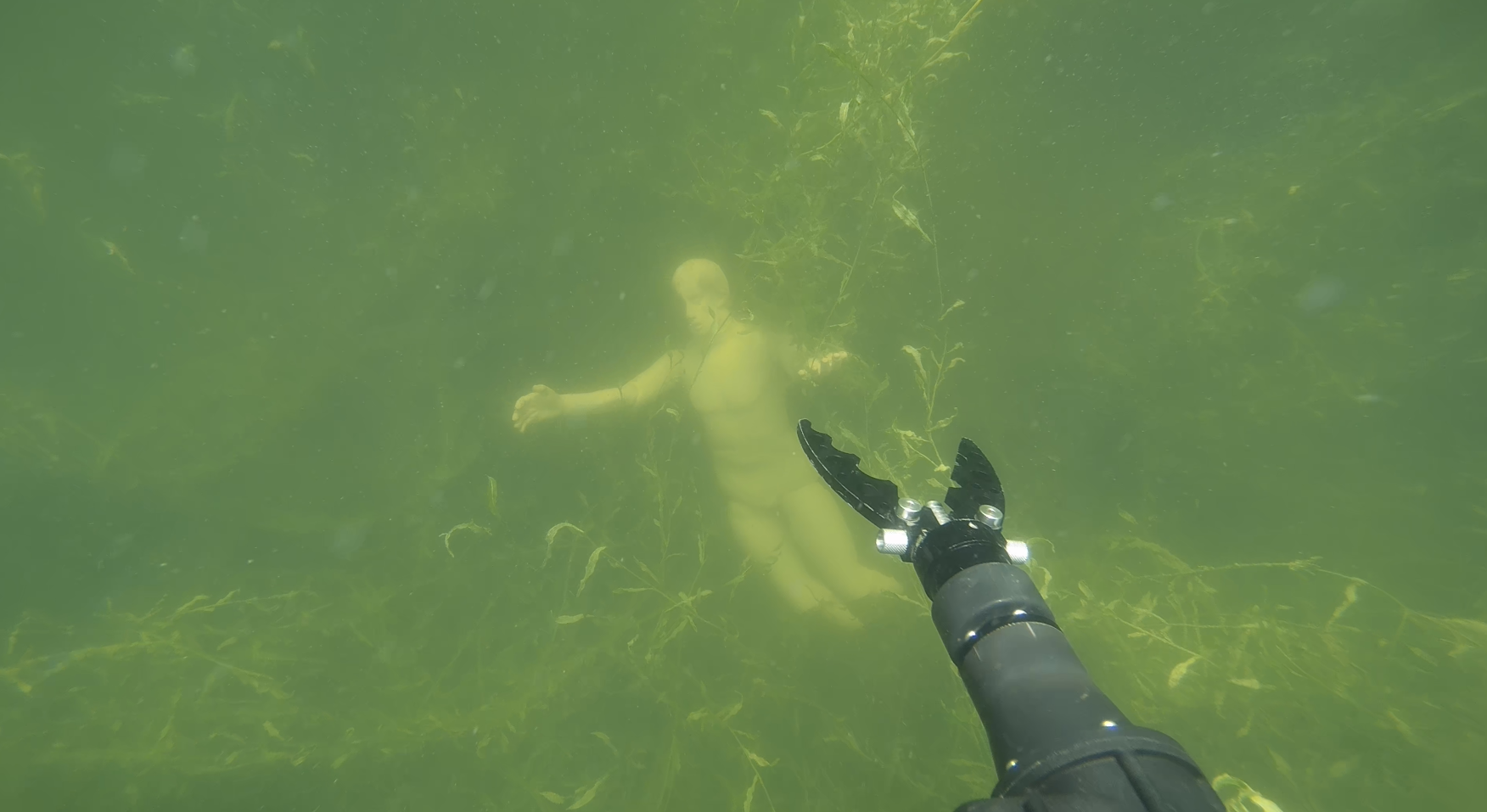
Nuclear/Hydro
In nuclear and hydro facilities, clear visibility is critical for the inspection and maintenance of submerged structures, such as reactor pressure vessels, spent fuel pools, intake channels, and cooling systems. These environments often contain suspended particles, making visibility challenging. To address this, advanced real-time turbidity image enhancement systems are employed, improving clarity in particle-rich water. The ROVs are equipped with low-light sensors and wide field-of-view (FOV) optics that offer large depth-of-field, ensuring thorough coverage of complex geometries and enabling comprehensive situational awareness in tight, confined spaces such as cooling system pipelines, reactor internals, and heat exchangers.
Digital pan-tilt-zoom (PTZ) functionality provides precise control over inspection angles, allowing operators to closely examine welds, structural seams, and connection points within restricted areas. The ROVs’ 4K video streaming capabilities, coupled with onboard storage, support real-time assessment and provide high-definition records for detailed post-inspection analysis and future reference. Photogrammetry capabilities further enhance these inspections, enabling the creation of detailed 3D models of critical components, such as reactor internals and pressure vessels, which can be used for monitoring degradation and planning maintenance activities.
The ROVs, equipped with high-resolution cameras and powerful LED lighting, are specifically designed to navigate confined and hazardous spaces, such as radiation zones around the reactor core or within cooling towers. By reducing the need for human intervention in these high-risk areas, ROVs not only decrease downtime but also significantly improve operational safety, ensuring the integrity of essential infrastructure within the facility.

Ocean Science
Studying diverse underwater environments - from coral reefs to deep-sea habitats - requires precise visual clarity, even in turbid waters with suspended particles. The camera's real-time turbidity image enhancement is vital for capturing clear visuals in these challenging conditions, allowing researchers to inspect and document delicate ecosystems, such as coral formations, seagrass beds, and hydrothermal vents.
High-sensitivity sensors and powerful LED lights enable extended operations in low-light conditions, such as deep-sea environments or during night studies, ensuring continuous observation of marine life and geological features. The wide field of view (FOV) and large depth-of-field are essential for comprehensive surveys, enabling detailed observations of complex underwater landscapes, including the behavior of marine species, the structure of benthic communities, and the integrity of underwater archaeological sites.
High definition video streaming, along with onboard storage, captures detailed footage, critical for analyzing dynamic marine activities such as predator-prey interactions, spawning events, and the impact of human activities on marine ecosystems. Photogrammetry capabilities support the creation of accurate 3D models of underwater structures, such as coral heads, shipwrecks, and seafloor topography, enhancing data accuracy and enabling precise measurements over time.
These high-quality visuals not only aid in decision-making and safe navigation during research expeditions but also contribute to marine conservation efforts by providing comprehensive data that supports habitat assessments, species identification, and the monitoring of environmental changes in real-time.
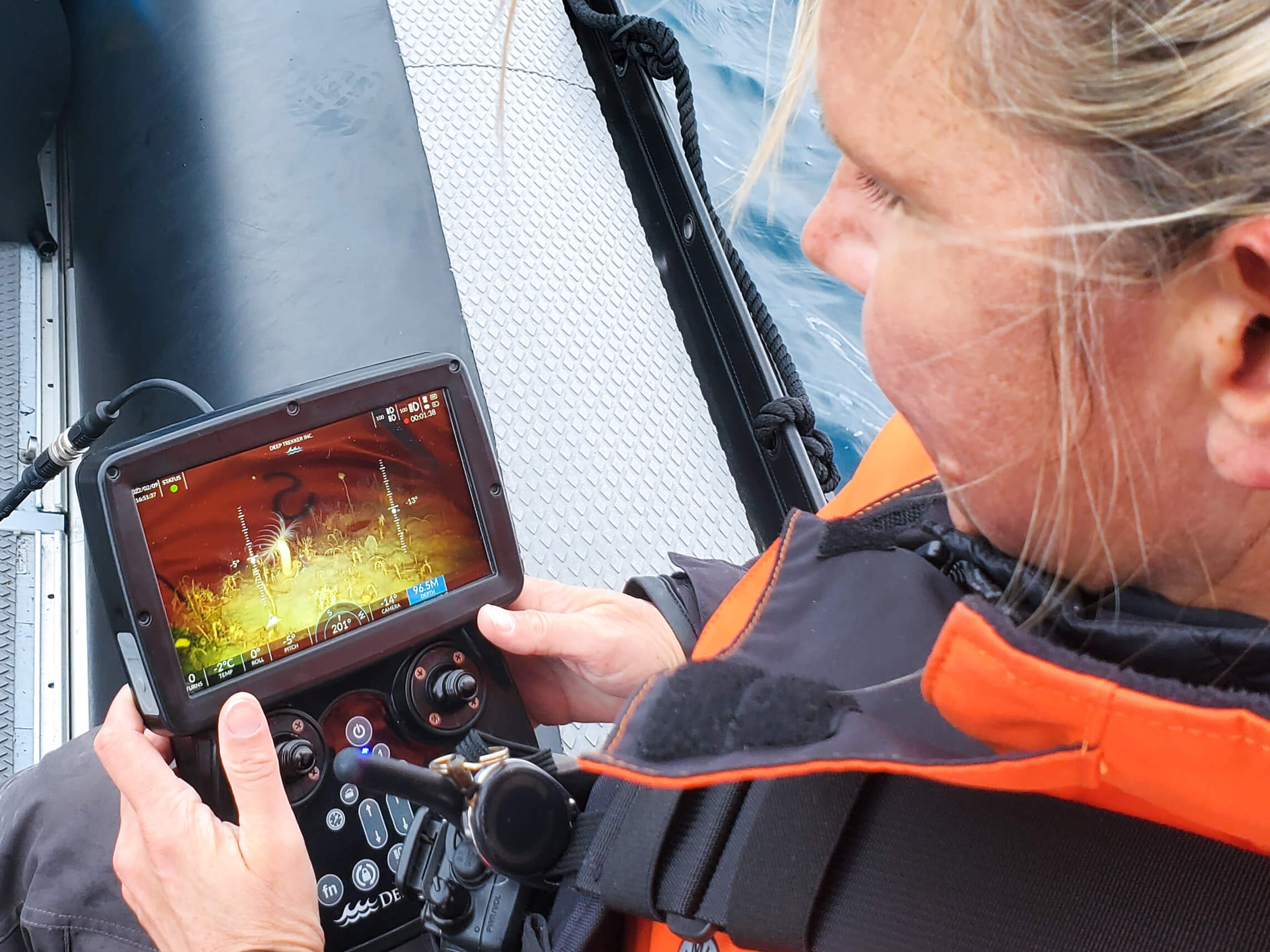
Wrap Up
Underwater photography, just like its topside counterpart, is constantly evolving. As technology continues to advance, so do underwater inspections and data acquisition. Deep Trekker's enhanced 4K camera stands out with features such as real-time auto white balance and turbidity image enhancement, low light performance, wide FOV, and 4K video streaming.
These advanced features make underwater inspections more effective, reducing downtime and increasing operational efficiency. Whether it's for aquaculture, offshore/maritime activities, commercial diving, SAR/defense missions, nuclear/hydro inspections, or ocean science research, our camera technology enhances the overall inspection process, providing reliable and precise results.
As always, our team of experts is available to answer any questions you may have. If you’re looking to take your underwater photography to new depths, reach out to get your customized quote today.